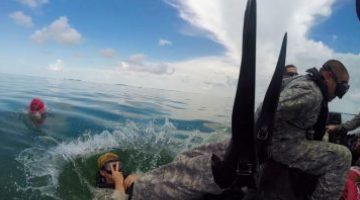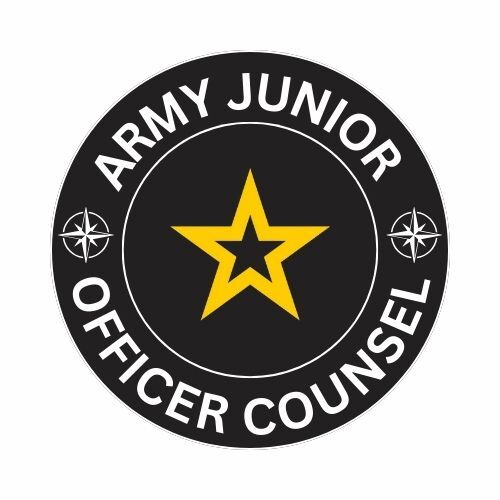Army Schools… Go To Them

Besides looking cool on your chest or sleeve, Army schools should be sought after. They provide opportunities, they demonstrate your technical or tactical proficiency, and the act of preparing to complete them will make you stronger and faster. As a junior officer you should actively seek every opportunity to invest in your education. Rarely will the slot be handed to you. You must make the effort to be ready when the tryouts come along, or circumstances align to allow you to attend.
What types of Schools are there?
The Army has hundreds of courses available. They range from online distance learning to multi-month in-resident schools. The most popular or well-known are likely to be those that produce a badge or tab. Do not limit yourself to these. Every course has merit. Some, such as the Army Reconnaissance Course, may be required before you can be the Scout Platoon Leader. A useful place to search for schools is your Battalion S3 schools NCO. You can also search the ATRRS (Army Training Requirements and Resource System) website to see available schools and class dates.
Another consideration is to look at the available “Troop” or garrison schools. These include courses such as the Arms Room Officer’s Course, Digital Training Management System Course, and Unit Movement Officer Course. It may also include Combatives courses. Scan your garrison resources to find information on upcoming classes. Again, your unit’s schools NCO will likely know where to find this information.
How do I prepare?
For starters, ask those who have already completed the course. They can provide excellent insight on how to successful pass. They can also provide tips on how they prepared. You should also look at the school’s website (if they have one). This will often provide a packing list, and SOP, or a handbook. Many will also provide a physical fitness training plan.
The most control you have on your preparation will be your physical conditioning. For some schools, such as Ranger School or the Air Assault Course, you will be required to carry a ruck long distance. It would be advisable to master that skill before convincing your chain of command to send you to one of these courses. For schools with heavy academic requirements (think Pathfinder School or the Infantry Mortar Leader Course) you can prepare in advance with practice tests and studying the appropriate Field Manual (FM). Once you arrive at these courses you will wish you prepared more. Most Army schools follow the fire-hose learning model. You can reduce the size of the water stream by committing much of the handbook or FM to memory. Its not cheating, its smart preparation.
How do I get a slot?
As previously mentioned, be prepared both physically and mentally. Be a high performer. Demonstrate competence every day. Convince you leadership that sending you will benefit the unit. Commanders bet on a winning horse. Your unit will pay for you to attend a course. They do not want to waste money on someone who will not graduate. Therefore, don’t fail.
Every Division in the Army is allocated a prescribed number of slots for Army schools. Those units with a higher priority will get more. For example, the 82nd Airborne Division will get substantially more Airborne school slots than the 1st Infantry Division. Don’t worry about the math. Just know how to get your name on the order of merit list. Most often this is generated from a unit-led tryout. Slots may also come from doing well at other tasks, such as shooting Top Gun during gunnery. Units may also bring in an MTT (mobile training team) to conduct the school at your unit’s location. This is an excellent opportunity as they will offer a significant number of slots and it is much cheaper for you to attend. A final option is to walk on to a course that is co-located at your assigned garrison. This is the least preferred route. Schools typically fill their slots for each class and most are unable to accommodate walk-ons.
Now what?
Inform your chain of command of your desire to go to a course and why your attendance will benefit the organization. Preempt your Commander’s questions to demonstrate you have done your homework and are ready to attend. But above all, you must complete the course. Bonus if you get honor graduate or commandant’s list. This reflects well on your organization and will surely lead to more school opportunities. Now, go prepare!
———
MAJ George Fust is a Military Intelligence officer who currently teaches in the Department of Social Sciences at the U.S. Military Academy, West Point. He holds a master’s degree in Political Science from Duke University. He has completed numerous schools to include: Airborne, Combatives 1 and 2, Ranger, Pathfinder, Air Assault, Infantry Mortar Leader Course, Army Reconnaissance Course, MICCC, Armor BOLC, Advanced Signals Intelligence Course, and dozens of troop schools.
———
Photo credit: US Army Staff Sgt. Adam Fischman



